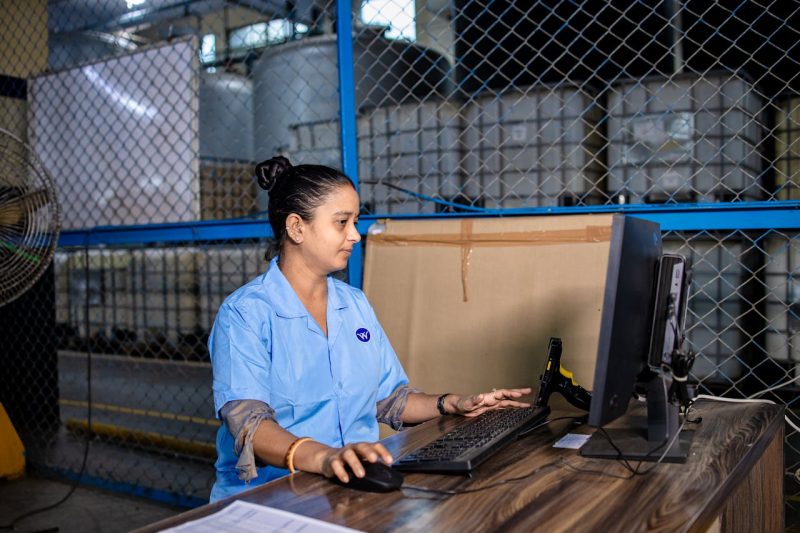Today’s warehouses are more than just storage facilities. They are active hubs where speed, precision, and real-time visibility determine business success. However, many organizations still rely on outdated warehouse management systems (WMS) that cannot keep up with modern demands. Upgrading is no longer optional; it is a competitive necessity.
The biggest hesitation most companies have is the fear of operational downtime. But with the right strategy, you can modernize your WMS without slowing down day-to-day work.
Why Modernization Cannot Wait
Legacy WMS platforms were never built to handle the pace and complexity of today’s supply chains. They often fail to integrate with automated tools, IoT devices, or data analytics systems. This leads to:
- Inflexible operations – Older systems struggle to adapt to rapid growth or seasonal demand.
- Higher labor and error costs – Manual processes drain resources and increase mistakes.
- Poor data visibility – Limited insights make decision-making reactive rather than proactive.
Modern systems eliminate these issues by enabling scalability, automation, and better decision-making. Many businesses rely on experts offering software modernization services to make these upgrades seamless and low-risk.
How to Upgrade Without Interruptions
1. Modernize in Phases
Avoid replacing everything at once. Upgrade the most critical modules first, such as inventory management or order fulfillment, then move to supporting features. This gradual rollout minimizes disruption and makes it easier for teams to adjust.
2. Run Both Systems During Transition
Operate your legacy WMS alongside the new platform for a limited time. This parallel approach enables real-world testing and ensures a seamless transition once the new system proves stable.
3. Consider Cloud-Based Platforms
Cloud-based WMS solutions offer scalability, real-time data access, and automatic updates. Because they are hosted off-site, upgrades can happen without affecting ongoing operations. These systems also integrate more easily with ERP and e-commerce platforms.
4. Prepare Employees Early
A new system is only as effective as the people using it. Provide training sessions well in advance of full implementation so that staff are confident and ready to use new tools from day one.
5. Use API-Driven Integrations
Modernizing through API-first solutions enables you to connect barcode scanners, dashboards, or automated vehicles without disrupting your existing setup. It is a flexible way to add capabilities gradually.
6. Work with Modernization Specialists
Engaging professionals who provide software modernization services helps reduce risk. They assess your current WMS, recommend tailored solutions, and efficiently handle migration and integration.
What You Gain from a Modernized WMS
Improved Accuracy and Speed
Automated workflows minimize errors, accelerate picking and packing, and ensure reliable inventory records.
Real-Time Operational Visibility
A modern WMS provides real-time insights, enabling managers to make proactive decisions rather than reacting to problems.
Better Service Levels
Faster fulfillment and fewer stock discrepancies translate to more satisfied customers and stronger brand loyalty.
Long-Term Cost Savings
Although modernization requires upfront investment, benefits such as lower labor costs, fewer outages, and optimized storage pay off quickly.
Future-Ready Capabilities
Once your WMS is modernized, adding advanced technologies such as AI forecasting, robotics, or IoT sensors becomes much simpler. You will stay competitive as industry needs evolve.
Final Thoughts
Upgrading a warehouse management system does not mean you have to pause operations. With a carefully planned approach, staged rollout, and support from experts in software modernization services, you can upgrade smoothly while maintaining productivity. The result is a warehouse that is faster, smarter, and better prepared for tomorrow’s challenges.



